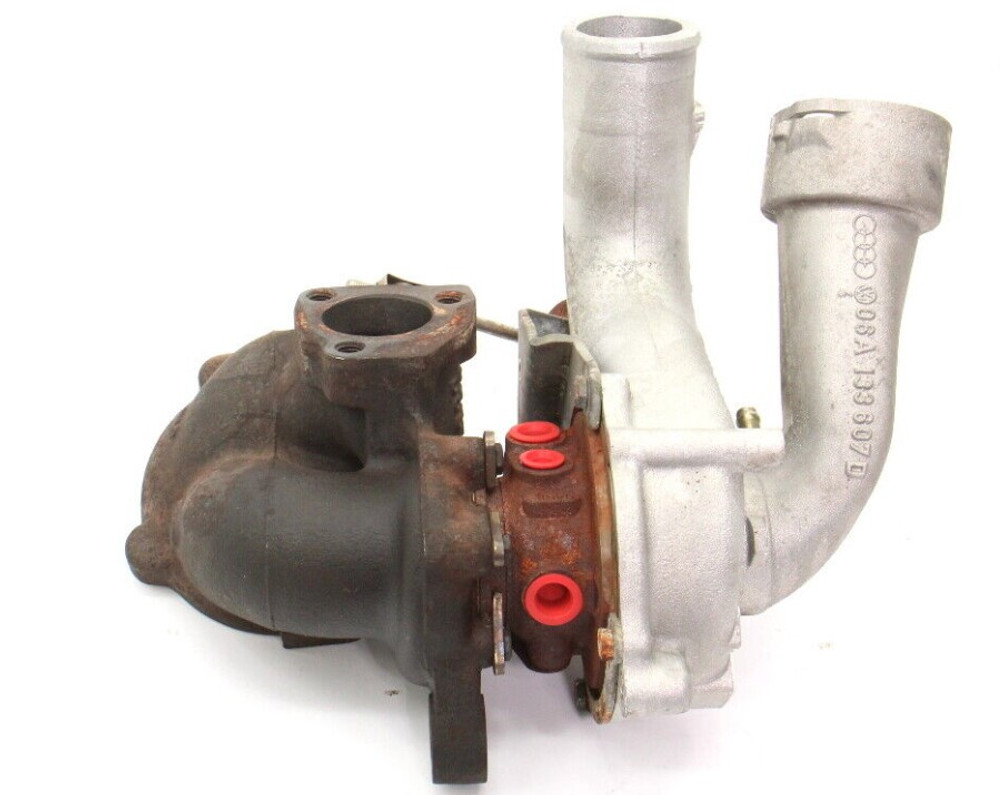How does a turbo charger work? Advantages?
With so many car manufacturers offering turbocharged engines as an option, it can be tough for car shoppers to make an informed decision. My wife is eyeing a Lexus Coupe, but she's torn between the turbo 4-cylinder and the good ol' naturally aspirated V-6. So, how does a turbocharger actually work? And what are the pros and cons of each option? Read on to learn more.
How does a turbo charger work? A turbocharger, also known as a turbo, is a device that increases the power output of an internal combustion engine by forcing more air into the combustion chamber. It operates on the principle of utilizing the engine's exhaust gases to drive a turbine, which is connected to a compressor. Here's a simplified explanation of how a turbocharger works:
Exhaust gas flow: As the engine burns fuel in the combustion chamber, it produces high-pressure and high-temperature exhaust gases. These gases are directed into the exhaust manifold.
Turbine side: The exhaust gases flow through the exhaust manifold and into the turbine housing, where they encounter a turbine wheel. The force of the exhaust gases causes the turbine wheel to spin at a high speed.
Compressor side: Connected to the turbine wheel via a common shaft is a compressor wheel located in the compressor housing. As the turbine wheel spins, it rotates the compressor wheel.
Compression of intake air: The compressor wheel draws in ambient air and compresses it before supplying it to the engine's intake manifold. The compressed air is at a higher pressure and density than atmospheric air.
Increased air intake: The compressed air from the turbocharger is sent through an intercooler to cool it down and then directed into the engine's intake manifold. The increased air density allows the engine to burn more fuel, resulting in more power being produced.
Waste gate (optional): Some turbocharged engines include a waste gate to control the boost pressure. The waste gate bypasses a portion of the exhaust gases, regulating the speed of the turbine wheel and preventing over-boosting.
By forcing more air into the combustion chamber, a turbocharger improves engine efficiency and power output. It allows smaller engines to produce power similar to larger engines without the need for increased displacement. This technology is commonly used in both gasoline and diesel engines, enhancing their performance and reducing fuel consumption.
Question - What are the disadvantages of having a turbo 4 cyl. vs a 6 cyl non turbo?
Answer - While turbocharged 4-cylinder engines offer numerous advantages, they also come with some disadvantages compared to naturally aspirated 6-cylinder engines. Here are a few drawbacks to consider:
Turbo lag: Turbochargers rely on exhaust gases to spin the turbine and compress the air. As a result, there can be a delay in power delivery known as "turbo lag." This means that there might be a slight delay in throttle response when you press the accelerator pedal, particularly at lower engine speeds. In contrast, a naturally aspirated 6-cylinder engine typically offers more immediate and linear power delivery.
Increased complexity: Turbocharged engines are more complex than naturally aspirated ones. They consist of additional components like the turbocharger, intercooler, wastegate, and associated plumbing. The increased complexity can lead to higher maintenance and repair costs compared to a simpler 6-cylinder engine.
Reliability concerns: The added stress on the engine due to increased air pressure and temperatures can impact long-term reliability. Turbocharged engines may be more prone to heat-related issues, such as overheating or premature wear of components like the turbocharger itself. However, modern turbocharged engines have improved in terms of reliability, and regular maintenance can help mitigate potential problems.
Higher cost: Turbocharged engines generally cost more to produce than naturally aspirated engines due to the additional components and engineering involved. This can result in higher purchase prices for vehicles equipped with turbocharged 4-cylinder engines compared to non-turbocharged 6-cylinder options.
Fuel economy under heavy load: While turbocharged engines can provide good fuel efficiency under light load conditions due to downsizing and improved efficiency, their fuel economy may suffer under heavy loads or aggressive driving. Turbochargers consume energy from the exhaust gases, which can lead to increased fuel consumption when the engine is operating at higher power outputs.
It's important to note that these disadvantages are not necessarily deal-breakers, and the overall performance and efficiency of a turbocharged 4-cylinder engine can still be impressive. However, it's essential to consider these factors when deciding between a turbocharged 4-cylinder engine and a non-turbocharged 6-cylinder engine, as they can influence your driving experience, maintenance costs, and specific needs. In my opinion if the car has the option for a regular non turbo 6 cylinder, that would be my preference. For now the new car hunt goes on!
Wise Auto Tools' commitment over the years has been to provide our readers and customers with car repair articles and supply specialty tools to help them complete their projects. Remember to save our website as a favorite and consider us for your upcoming automotive tool needs.
Recent Posts
-
Pentastar 3.6L Head Bolt Thread Repair on a Budget
We recently received a great question from Michael, a DIYer facing a common problem of stripped thre …19th Mar 2025 -
Save A Thread Blown Out! Larger Thread Repair Needed
When a Save-A-Thread insert fails, it can leave the spark plug hole in your engine significantly lar …8th Jan 2025 -
Why a Time Sert kit is needed to install inserts
Years ago, I wrote about a customer who only wanted the tap from a TIME-SERT 2200 kit. More recently …18th Dec 2024




